Daisy flower Profile
Written by admin
Oct 28 2021
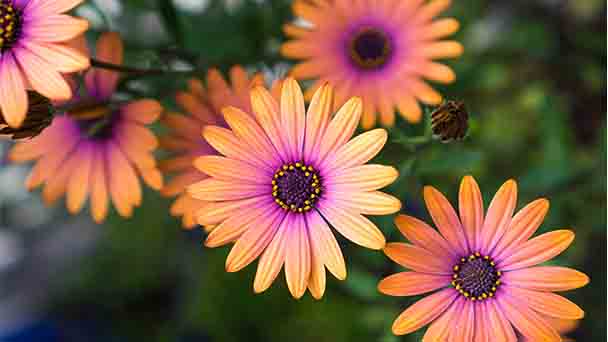
Daisy flower is a kind of perennial herbaceous plant in the genus Compositae. It is about 10 cm tall. Daisy's flower is native to Europe. The original species is regarded as a cluster of weeds, and the flowering period is in spring.
Daisy flower morphological characteristicsDaisy flower efficacy and roleThe medicinal value of daisy flowerThe ornamental value of daisy flowersThe gardening value of daisy flowersDaisy flower growth habit and growing environment and distributionDaisy flower cultivationSeed reproduction of daisy flowersRamet propagation of daisy flowers
Daisies can branch and reproduce in cold regions where they can survive summer.It blooms in early spring and is full of vitality. It has a gentleman's demeanor and an innocent demeanor. It is deeply loved by Italians and is therefore recommended as the national flower.
Daisy flower morphological characteristics
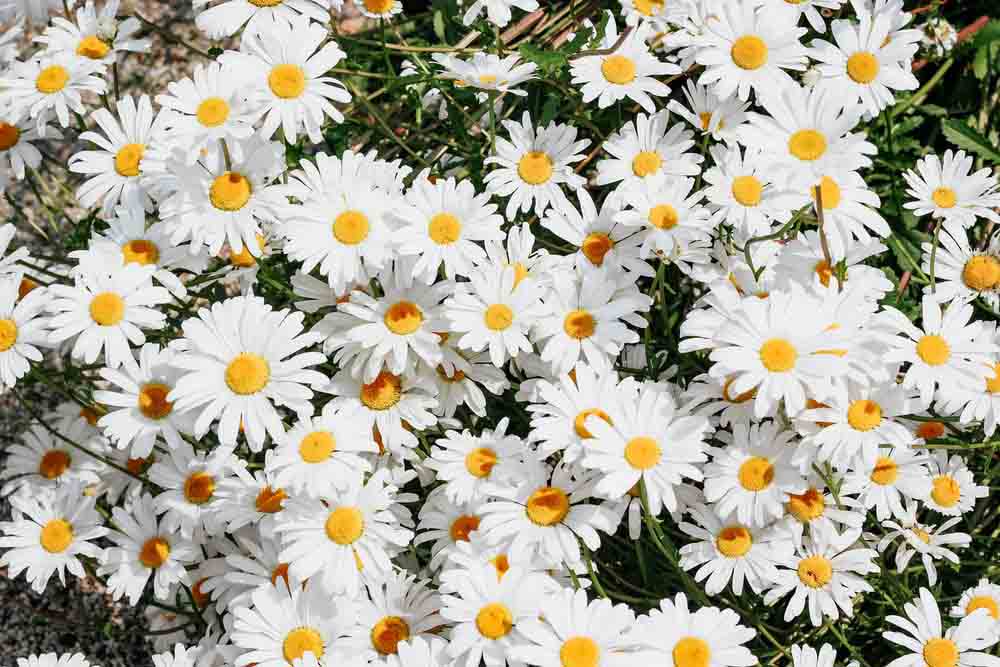
Daisy flower efficacy and role
The medicinal value of daisy flower
Daisy flower and white chrysanthemum have high medicinal value. It contains volatile oil, amino acids and various trace elements. Among them, the content of brass is 32% to 61% higher than other chrysanthemums, and the content of tin is eight to fifty times higher than other chrysanthemums.The ornamental value of daisy flowers
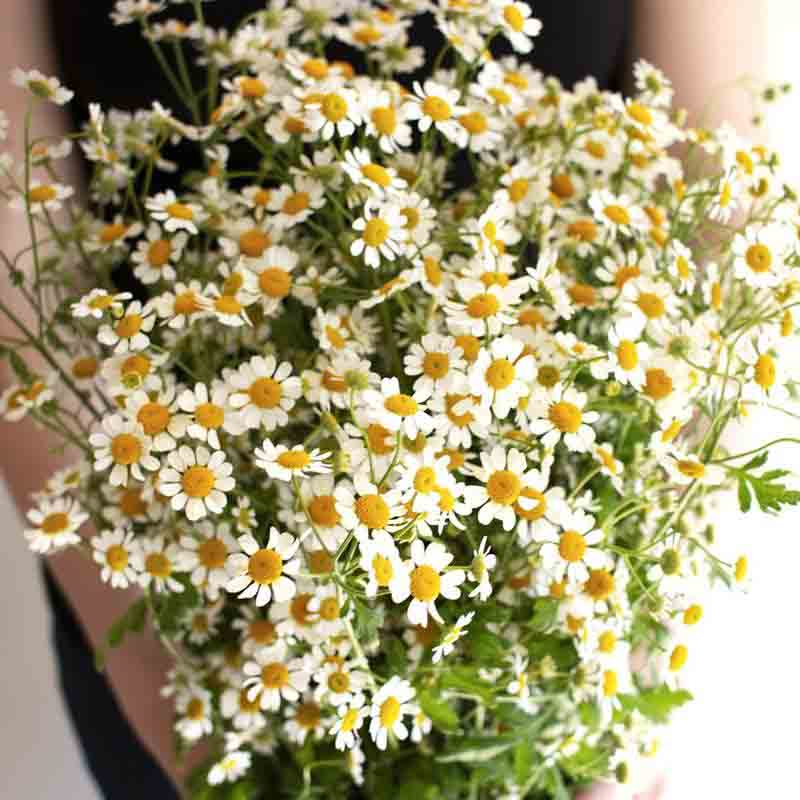
The gardening value of daisy flowers
1. The daisy flower has strong growth potential and is easy to cultivate.2. The daisy peduncle is moderate in height, the flowers are neat, and the colors are bright and pure. It can be used as potted plants to beautify the courtyard balcony, and can also be used for garden viewing, potted plants, flower borders, cut flowers, etc.
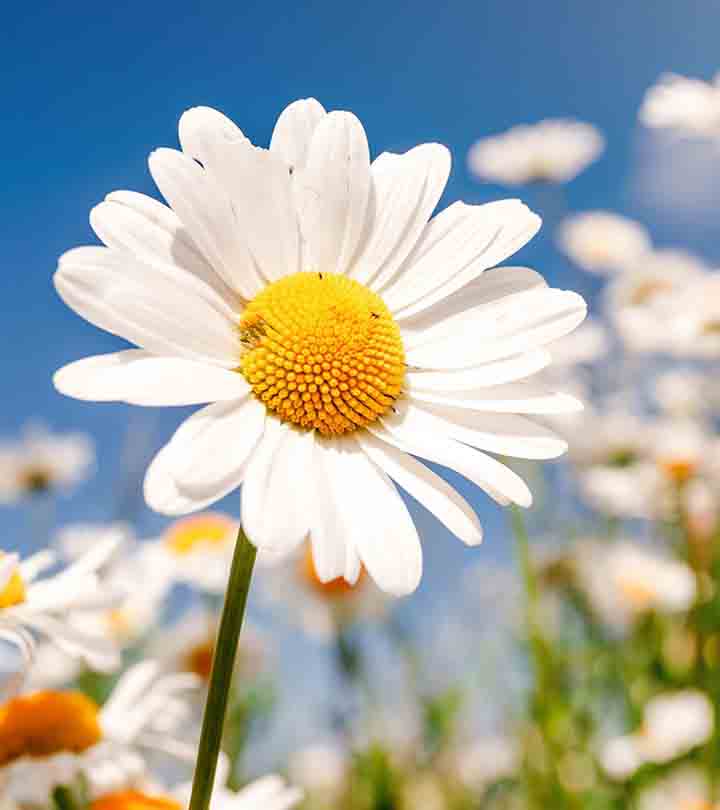
4. As a ground cover flower for street green spaces, daisy flowers have a strong charm and can be planted with marigolds, pansies, and red barberry.
Daisy flower growth habit and growing environment and distribution
Daisy flowers like cold weather. This kind of flower does not have strict requirements on the soil of the cultivation area. The suitable temperature for the germination of the daisy flower is 22-28℃, and the suitable temperature for growth is 20-25℃. The southwest region is suitable for planting medium and small-flowered single or semi-double varieties. Medium and large-flowered double-petaled varieties grow weakly and have poor seed setting.Daisy flowers are native to Europe and are cultivated in gardens throughout China as flowerbed ornamental plants.
Daisy flower cultivation
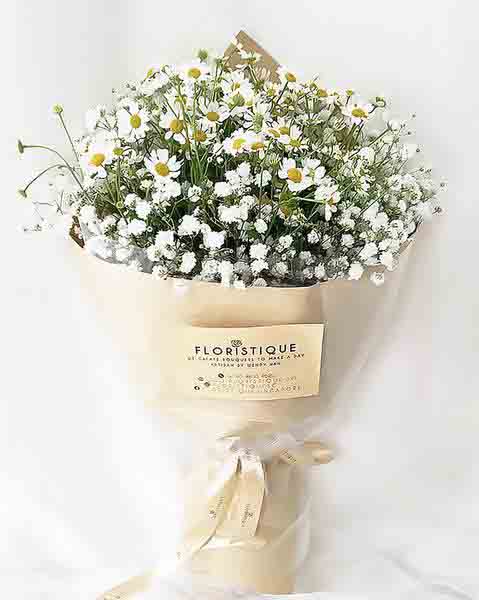
Seed reproduction of daisy flowers
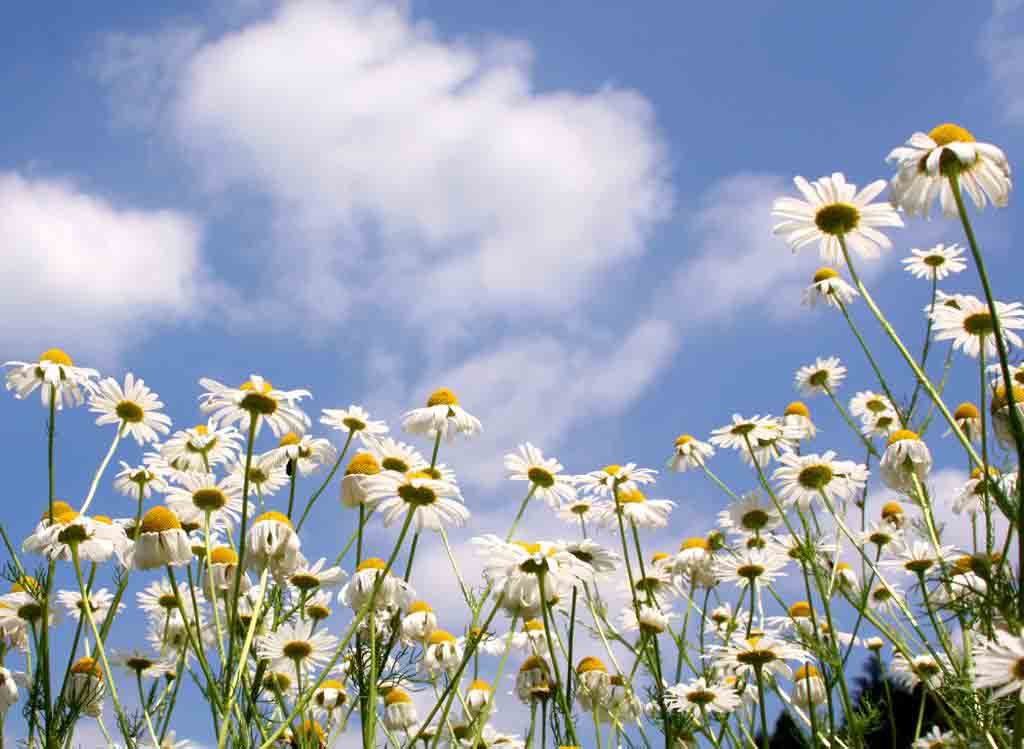
Ramet propagation of daisy flowers
Due to the large variation of seedlings, the ramet method can be used to propagate some fine varieties, but the growth potential is not as good as the seedlings, and the fruit is poor. In mid-to-late March, the old daisy flowers can be dug out to expose the root neck, and the side buds of the existing roots can be cut off together with the old roots and transplanted into the field. Ramming propagation is more suitable when new shoots are germinated.Read Next:
Top 10 Most Beautiful Roses in the World
Top 10 Most Beautiful Flowers in the World
26 Best Autumn Flowers to Plant for Fall Color in Garden
Latest Updated
- Benefits of Bugleweed - 7 Science-backed Health Benefits
- Bugleweed Dangers & Side Effects - Is It Poisonous?
- How to Plant Evergreen Trees - What You Should Know
- When to Plant Evergreens - Grow Guide for Evergreen Trees
- 12 Wonderful Evergreen Shrubs for Your Garden
- 12 Popular Evergreen Plants with Pictures for Beginners
- When And How To Prune A Lilac Bush Like a Pro
- How to Grow & Care for Lilac Vine (Hardenbergia Violacea)
- Japanese Lilac Tree (Syringa Reticulata) Care & Propagation Guide
- Shumard Oak Pros and Cons - What to Know
Popular Articles
- Winter maintenance of Antirrhinum Majus
- How to Grow Terminalia Mantaly Tree
- How to Grow and Care for Crossostephium Chinense
- How to grow Antirrhinum Majus in spring
- Peristeria Elata (Dove Orchid) Profile: Info & Care Guide
- Underwatered Snake Plant (Sansevieria Trifasciata) - Signs And How To Fix
- How to Care for Brazilian Jasmine Plant (Mandevilla Sanderi)
- How to Grow & Care for Graptopetalum Purple Delight in Summer
- Rosa Chinensis (China Rose): Plant Growing & Care Tips
- How to Care for Baby Sun Rose (Aptenia Cordifolia)